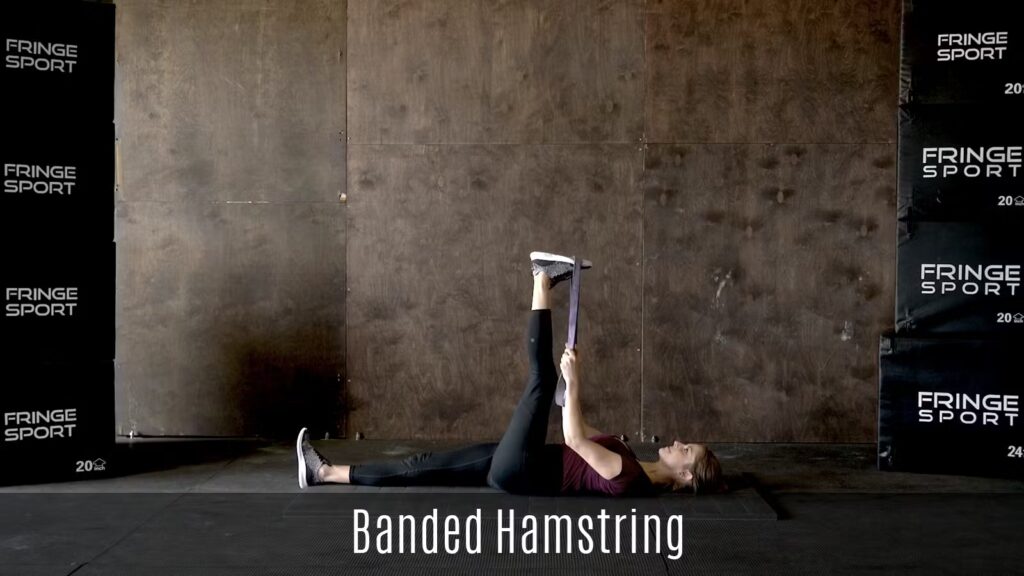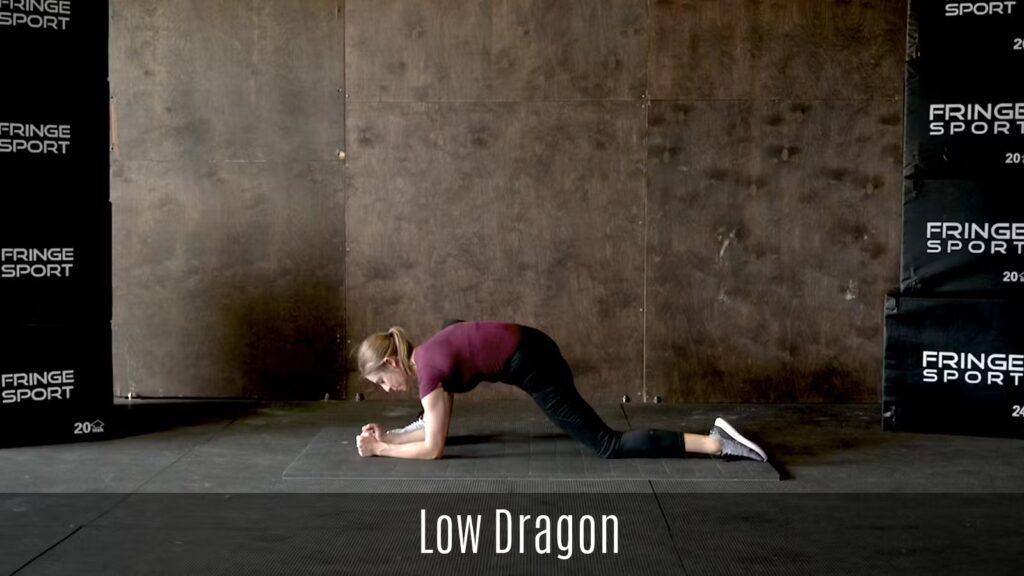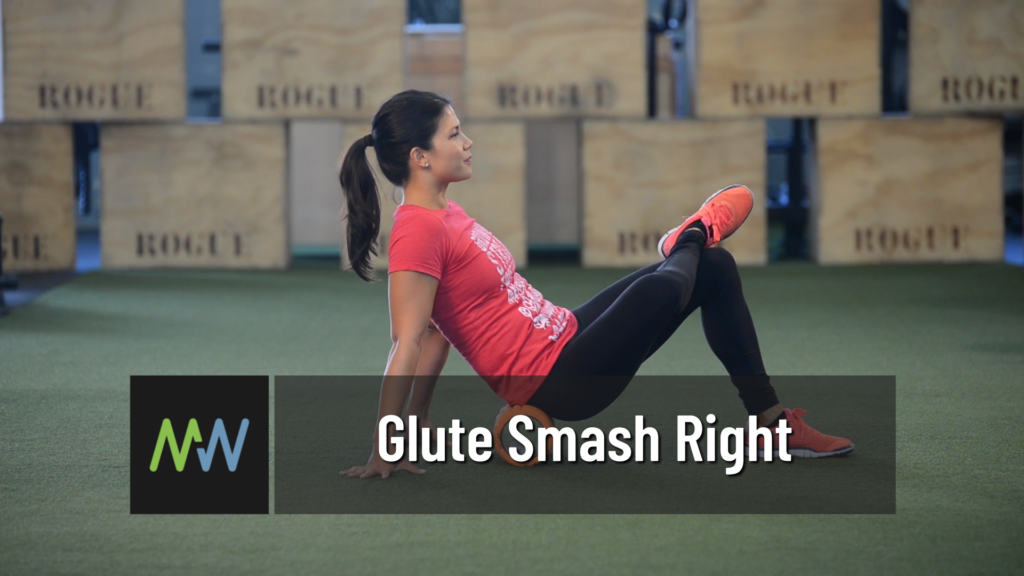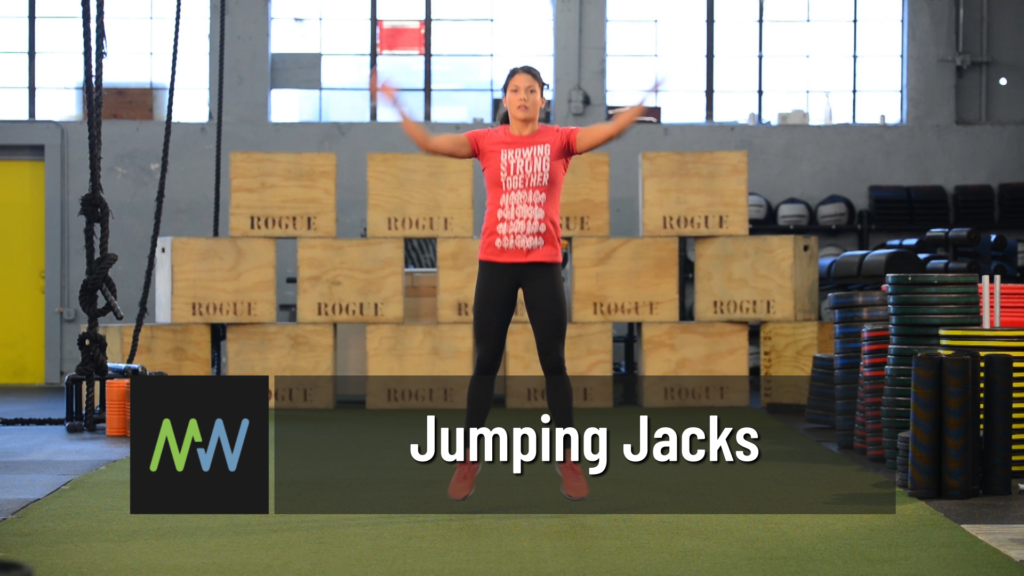The benefits of stretching either before or after exercise are beyond dispute. Particularly for athletes and regular gym-goers, it is our legs that are powering a lot of our movements. It will pay off in dividends if we properly care for them, strengthen them, and recover them.
From running to jumping to squatting a heavy barbell, we rely on the powerful muscles of our upper legs for maximum performance. One of the important and strong muscles in our legs are the hamstrings. Running from our glutes all the way down the back of our thighs to our knees, the hamstrings are a critical muscle group that power the locomotion of simply walking to picking up our groceries off the floor.
The hamstrings are made up of four separate muscles: the Biceps femoris long head, Biceps femoris short head, Semitendinosus, and the Semimembranosus. These muscles help our knees extend, our hips flex, and our legs straighten.
For those who exercise, the hamstrings can get stiff due to wear and tear, so it’s vital to keep them flexible. A great addition to traditional hamstrings stretches is the resistance band. By incorporating it into your routine, you can get an even deeper burn in this muscle group that’ll help prevent injury and keep you warmed up for whatever activity you choose to perform in your active lifestyle.

What is the Banded Hamstring Stretch?
The banded hamstring stretch is a classic stretch that you have most likely performed yourself if you are an athlete or at least seen someone doing it at the gym. All you need for this stretch is a resistance band. We recommend using a medium-tension band versus a thick tension band or really light one.
First things first, you will lie on your back on the floor. Raise one foot into the air while leaving the other one fully extended on the floor. Then, take the band and loop it around the foot that is in the air while holding on to the sides of the band with both hands.
Using your hands, pull the band towards your body and feel the resulting stretch throughout your hamstring. Depending on the tightness of your hamstrings, this might be a really intense feeling. Use your breath to sink into the stretch and try your best not to force or crank anything.
We recommend holding the pose for at least one minute. Once you have completed the stretch on one side, return your leg to the ground and then switch sides. Hold for the same amount of time on the other side. You can complete multiple sets of this if you feel like your body needs it.
Banded Hamstring Stretch Benefits
Because this muscle group is so essential in our daily movements, hamstring injuries can unfortunately be quite common. That’s just another reason why it is so important to do hamstring exercises to strengthen them as well as stretch them out and help stay loose and limber. If you’ve ever struggled with hamstring tightness or a hamstring strain, you surely know this feeling well.
Of course, stretching your hamstrings will help keep that muscle group pain-free. But did you also know that hamstring stretches might also help keep your lower back pain-free as well? Tight hamstrings can restrict the movement of the pelvis which could in turn affect the lower back.
This restriction in the pelvis can also negatively impact your posture. Keeping your hamstrings flexible through a consistent stretching routine can allow the pelvis to stay loose and help you stand and sit up straighter throughout the day. Regularly stretching the hamstrings will also improve your overall flexibility and improve your range of motion in the hip. It may even help prevent injuries to the muscle.
Banded Hamstring Stretch Modifications
If you’re reading this article and worrying that you might not be able to do this stretch because you don’t have access to a band, please don’t worry. There are other ways to perform this without a band, but we do recommend getting one when possible. They have multiple uses for both stretching and exercising!
If you don’t have a band, you can perform this stretch by using a towel. All you have to do is swap the towel in for the band and use it in the same way to pull your foot and leg closer to your body.
This stretch can be quite intense. If it feels too much for you and your current ability level, try keeping your knee bent as much as you deem necessary. The more extended your knee is, the deeper the hamstring stretch will be. Modulate the intensity of the stretch by bending your knee.
It’s important to not try to push too much into this stretch as you could easily strain your muscles. Try to keep the intensity or deepness of this stretch at a moderate level.
How to perform a Banded Hamstring Stretch
Lie on your back on a comfortable mat or section of the floor, with your legs extended out and your heels on the floor. Keep your lower back and head flat against the ground.
Loop one end of the resistance band around your foot. You can even use a towel if you don’t have a band.
While keeping your non-banded leg flat, use your hands to pull the band and your foot upwards a close to your head as possible. Keep your leg extended and your knee locked. You should feel a deep burn in the back of your leg where your hamstrings are located.
Hold this stretch for 30-60 seconds, then alternate for your other leg.
Perform a good stretch for each leg 3 times.



